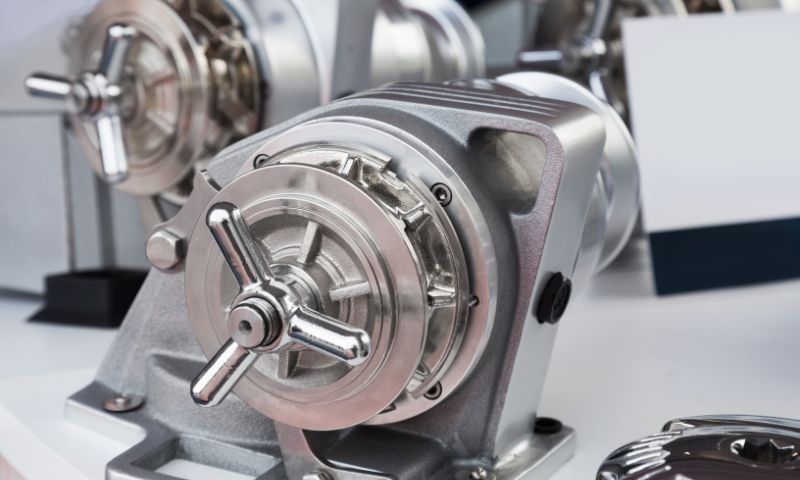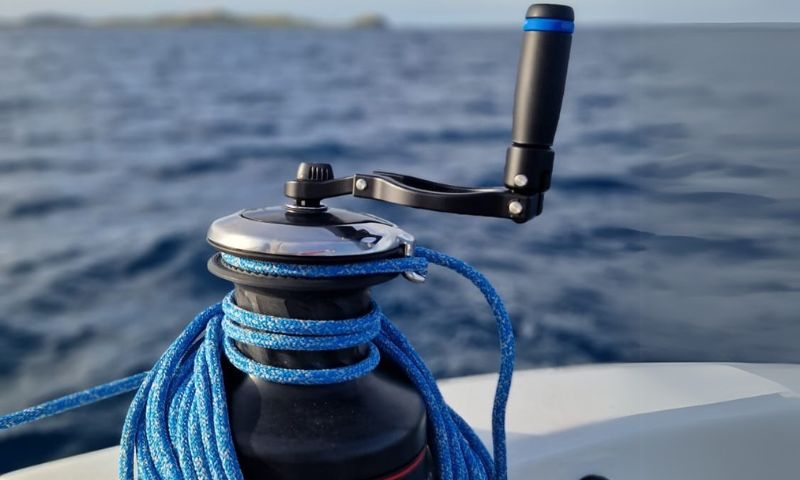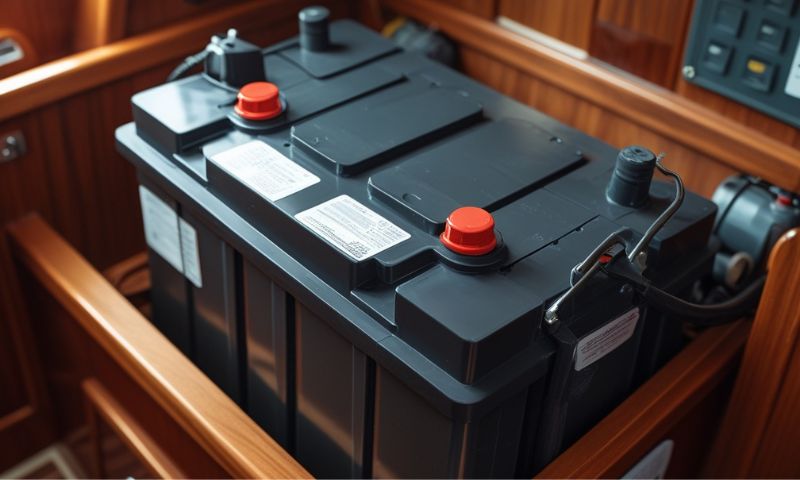Choosing the right anchor windlass is crucial for safe and efficient anchoring. This guide covers the essential factors to consider when selecting a windlass, from understanding its basic function to calculating the required power and choosing the right type for your boat.
What is a Windlass?
A windlass is a mechanical device used to raise or lower your boat’s anchor. It handles the heavy lifting of the anchor, chain, and rope, reducing the manual effort needed and ensuring precise control. The importance for navigational safety is paramount, as it allows you to deploy and retrieve the anchor quickly in varying conditions, making your anchoring process smoother and safer.
How to Select a Boat Anchor Windlass
When choosing a windlass, it’s vital to ensure the pulling power is suitable for your boat’s needs. As a general guideline, the windlass should be able to pull at least three times the weight of your ground tackle (the anchor, chain, and rope combined). For example, if your total ground tackle weighs 150 kg, the windlass pulling power should be at least 450 kg. Additionally, make sure the working load limit specified for the windlass exceeds the total weight you’ll be handling by a reasonable margin to ensure long-term durability.
Vertical or Horizontal
Windlasses come in two main configurations: vertical and horizontal. A vertical windlass has the motor mounted below deck, offering a neater, more streamlined appearance and improved weight distribution. It’s ideal for larger boats with the space to accommodate this setup.
In contrast, a horizontal windlass has both the gypsy and motor mounted above deck. This type is generally easier to install and maintain, making it suitable for smaller boats or where under-deck space is limited.
Hydraulic or Electric
Windlasses can be powered by either hydraulic or electric systems. An electric windlass is powered by your boat’s battery and is typically sufficient for smaller to medium-sized boats. It’s easier to install and maintain but may have limited running time due to potential overheating.
A hydraulic windlass, on the other hand, offers more consistent power and can handle heavier loads, making it a better choice for larger vessels. However, hydraulic systems are more complex and expensive to install.
Windlass Power: How to Calculate the Right One
Calculating the right power for your windlass requires understanding the relationship between the weight of the anchor and the power of the motor. The pulling power should ideally be three times the total weight of your ground tackle. It’s also important to consider the working load limit of the windlass and ensure that the motor has enough power to handle not just the anchor and chain, but also the stress from environmental factors such as wind and current.
Additionally, review the windlass specifications to make sure it’s compatible with your boat’s electrical system or hydraulic capabilities.
Windlass Control Systems: Which One to Choose
There are several types of control systems available for windlasses. Basic systems include manual switches, which are simple and reliable but offer less flexibility. Foot switches provide hands-free operation, making them convenient for deck use, while remote controls allow you to operate the windlass from various points on the boat, offering more flexibility and ease of use.
When selecting a control system, consider the size of your boat and how often you anchor. A remote system may be worth the investment for larger boats or solo sailors, providing extra control and safety.
Final Thoughts on Choosing a Windlass
When choosing a windlass, it’s important to balance cost and quality. Cheaper options may save money upfront, but they could lead to issues down the line. Invest in a windlass that fits your boat’s size and usage patterns. Also, review key features like power capacity, type (vertical or horizontal), and the control system, making sure they align with your boat’s needs.
By carefully considering these factors, you can ensure you select a windlass that provides reliability, safety, and long-term performance.
Here is the guide to choosing the right anchor size for your boat





Leave a comment
This site is protected by hCaptcha and the hCaptcha Privacy Policy and Terms of Service apply.